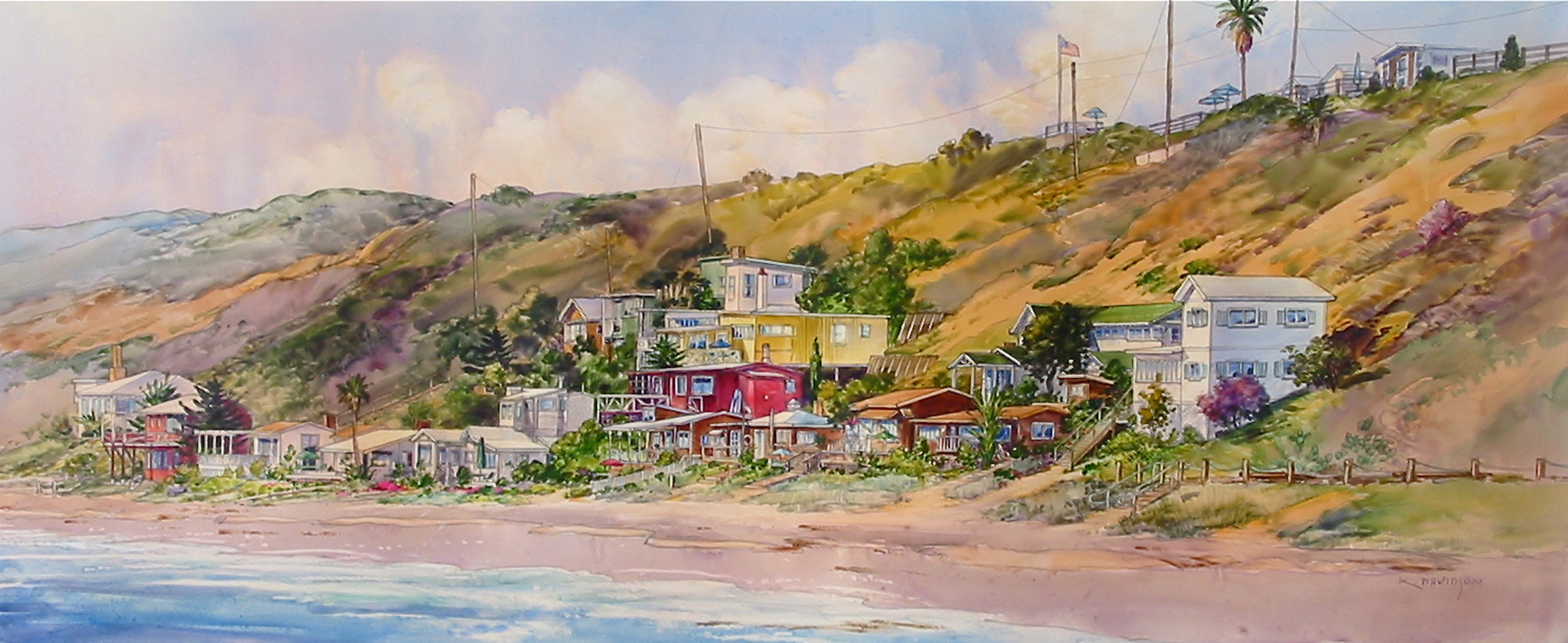The Healthy Home- By Gina Dostler
Much attention goes into the right look for a home from the architectural plans to the perfect interior design: chandeliers for glamour, cozy wood floors for comfort and lovely colors flowing in and out of every room. We want our home to look pretty and feel homey all at the same time.
But living in style and beauty needs another component to make it complete and it starts with being aware of the little things that can actually throw our health out of whack. Having a healthy home is a vital component to a beautiful home.
And granted there is much awareness concerning high-VOC paints, the BPAs in plastic bottles, growth hormones and GMOs which challenge the body’s immune system. But we might not be aware how some simple items might just be the tipping point for depressing the immune system.
Speaking with Jean McFarland, a certified nutritional consultant who’s passionate about children and adults achieving their optimal physical and emotional well-being, gave me a bit of information how health starts in the home. Her warm personality and kindness brought me into her healthy world and educated me in ways that can keep a beautiful home warm, cozy and healthy for the upcoming winter holidays.
Q: What do you recommend to start with a healthier home?
A: There are several levels in keeping a healthy home. Let’s take a look at the environment. Besides using non-toxic cleaning products and ditching pesticides used on the landscapes outside, one of the major concerns of keeping a home healthy has to do with dust. Nearly two-thirds of dust mites living in homes is tracked in from outside along with countless allergens, bacteria and lawn chemicals. Place a washable mat outside the door and one inside as well to catch the stuff before it makes its way into the home. The best but most expensive option is to get rid of carpeting which is just a collector of dust and allergens. Replace with wood, cork, tile or non-vinyl linoleum. If carpet is a must, make sure your vacuum has a strong suction and a HEPA filter so the dust and dirt go into the bag. Then replace the bag and filter every time so dust isn’t spewed back into the air. Also get fresh air circulating. With colder weather coming our way, we forget to open the windows to let the crisp outside air inside to freshen our in-home breathing space. Our body runs on oxygen and needs it for vital functioning of every cell in the body. Also a house can get a buildup of gases from stoves, fireplaces, and residues from paints, furniture and carpets which constantly emit organic compounds into the air. One natural way to purify the air is through house plants. Plants are natural purifiers since they exhale oxygen and breathe in carbon dioxide (a by-product of our breathing) and many other chemicals leaving a fresher healthier air quality in the home.
Q: What types of plants are good?
A: Chrysanthemums, the colorful flowering plant so popular this time of year, removes toxins such as benzene, a dangerous pollutant found in paints, detergents and glues and English Ivy helps remove formaldehyde. The spider plant is great for removing formaldehyde and benzene as well, but also purifies the home from carbon monoxide and xylene from rubber and leather. Another flowering house plant is the peace lily that takes in chemicals from ink, paint and nail polish.
Q: You mentioned non-toxic chemicals. What is out there that I can use?
A: Oh, my gosh, there are so many things available there is no need to grab a chemically laden product. Here are my favorites, baking soda and vinegar. Besides many other uses such as scrubbing sinks and tubs and for freshening a room, it’s great for unclogging drains and not having to resort to some toxic chemical like Draino. Pour one half box of baking soda down the drain. Make sure the shower has had some time to dry out a bit before pouring. You want to keep the soda as dry as possible. Have some rags ready. Next pour ½ cup of vinegar down the drain and then immediately cover the drain up with the rags or else the mixture bubbles up over the drain. Leave for 30 minutes. Come back with a kettle full of boiling water and pour down the drain leaving a clean pipe and no toxic chemicals lingering in the home.
Q: What about having the perfect lawn with the use of pesticides?
A: Keeping your landscape perfect is understandable, but at what price? Chemical pesticides are bad, bad, bad. Really bad. Don’t use them. Suburban lawns and gardens receive more pesticide applications per acre than agriculture. The EPA made a survey. Of 30 commonly used lawn pesticides 19 have studies pointing toward carcinogens, 13 are linked with birth defects, 21 with reproductive effects, 15 with neurotoxicity, 26 with liver or kidney damage, 27 are sensitizers and/or irritants and 11 have the potential to disrupt the hormonal system. I can’t think of any better reason to quit using pesticides on the lawn than the knowledge that all those poisons are found not only in our water, air and soil but in the foods we eat. Having a perfect lawn holds little weight in comparison to having perfect health. And guess what, bugs hate the concoction of chili peppers and garlic boiled together, then sprayed on plants. It does have to be applied regularly and be sure to not breath in too deeply or you’ll get a dose of what the bugs hate – the burning sensation of peppers! Also, for pesky weeds growing up through the cracks use vinegar to kill them. Those are just a few examples of what to use instead of lethal sprays. Take a little time to find out what to use and use them. It’s worth it for your health.
Q: Any other non-toxic tips?
A: Mold and mildew can cause a lot of health problems. Eliminating them with chemicals just adds toxins on top of the already unhealthy mold. Borax and vinegar are great solutions for the problem. Borax not only kills mold, but it inhibits it from coming back. A half a cup of borax in hot water poured in the washing cycle eliminates any mold from clothes. You can add half cup vinegar to the mix as well to add more mold-killing power. Vinegar also keeps clothes bright and whites white. Make a paste with borax and vinegar and smear it on the moldy area like grout in a shower tile. Let it sit for a few minutes then use a scrubbing brush to wash away. Keeping a bottle with a borax/water mixture is handy to spray in the shower periodically to keep mold from coming back. No more toxic scrubbing bubbles to have to breathe in when cleaning.
Q: You mentioned another level of keeping a healthy home?
A: It has to do with what you eat. Keeping healthy items in your kitchen is the fastest way to a strong immune system and fit body. Display fresh produce like apples, bananas and oranges in a visible place turning them into a beautiful and healthy centerpiece for the table and giving quick access to high-quality snacks. Stock your cupboards with items that don’t contain unhealthful items like hydrogenated fats or high fructose corn syrup. Open your refrigerator and does it have good stuff like broccoli, spinach, sweet potatoes, and salmon? Feeding you and your family good foods supplies the body with needed vitamins, minerals and other vital nutrients so that the next cold or flu doesn’t really stand a chance in your body. A healthy kitchen is a healthy home
CONTACT INFORMATION
Jean McFarland
Jean.McFarland@yahoo.com
949-910-4499



